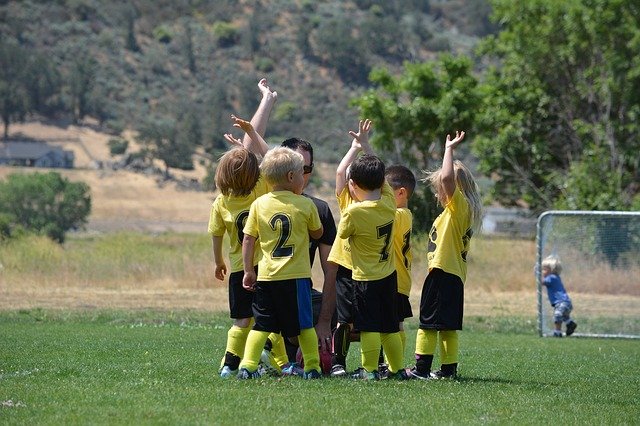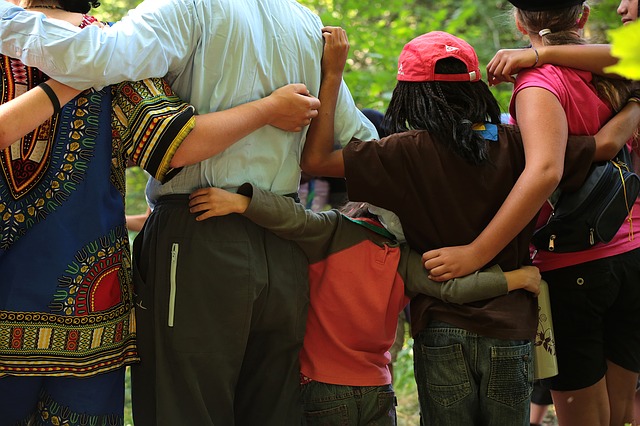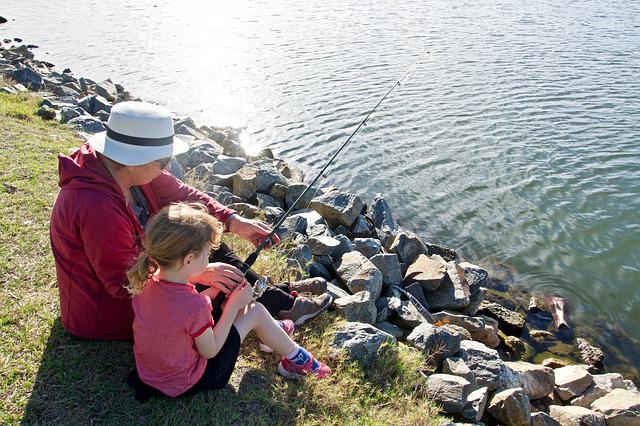As adults, we have the perspective and reference points necessary to identify strengths and skills in our children, our students, and those we mentor. We see their potential and we want them to succeed and thrive. Unfortunately, it is not always easy to inspire kids to dream big, reach for the stars, and achieve their goals.
They look to us for guidance when they fall; they rely on our help to conquer challenges and see beyond the barriers that stand in their way. Here are just a few ways to inspire young people to do great things from the outset.
Give them the Chance(s)
Kids have boundless imagination and copious creativity. What they need is an outlet to mobilize all their ideas and inventiveness. With enough safe opportunities to play and explore, kids will find their talents and interests. When given the chance to discover, experiment, and (even) fail, children learn about the world and what they are passionate about.
Show Support- Practice Praise
Not everything your kid will take on will interest you. You might find it hard to relate to, or even like, the sport or activity your child chooses. Either way, as their parent, you need to find a way to support the decisions and choices they have made. Your praise and validation give them courage, show your love, and foster closeness.
Giving your kid the space they need to be an individual- reinforced by your unmitigated support- gives them confidence and self-esteem which further inspire them to aspire and achieve greatness. Your son or daughter is more likely to perservere and beat down any obstacles when they know you support them; they won’t give up when things get hard because they know you are there for – and with- them.
Surround them with Positive Role Models
Children are bombarded with all sorts of input and influences. They take their queues from their peers and other role models. It is our job as parents to introduce the right people into their lives. Organizations and youth movements, like the Scouts of America, surround emerging men and women with fantastic role models and get them involved in doing good.
Just like adults, children are inspired by the things and the people they encounter each day. It is through the relationships they build and the bonds they make that they connect to things, ideals, and ideas, much bigger than themselves. Make sure that your child can foster healthy and helpful relationship in all their areas of interest. Let them learn about themselves by connecting to others.
Talk the Talk
Kids need to know they have our attention. When they are talking about their interests, focus on what they are saying, respond to their questions, and share their enthusiasm. Similarly, talk to your children about the things that inspired you to become the adult that you are. Share your successes and your hardships; show them that you, too, worked hard and achieved great things. Make sure they know that you are constantly learning, growing, and even struggling. You want your children to be inspired by the process, not only the results.
Inspiring your children starts from the very minute you become a parent. Young children are extremely receptive and impressionable, which is exactly the right time to motivate them to learn, search, and wonder. Set goals with your kids so that you can productively and positively push them toward achieving them. Every kid can do and be an infinite number of things. All they need is our love, guidance, and inspiration.












